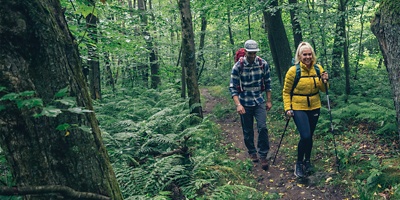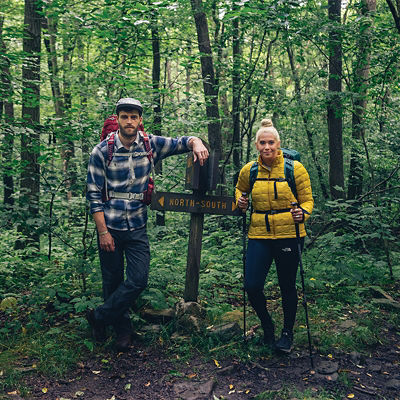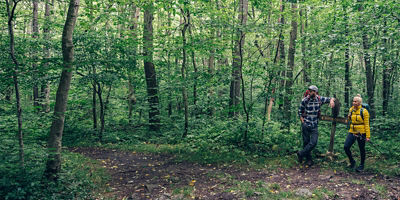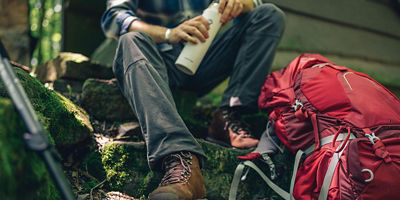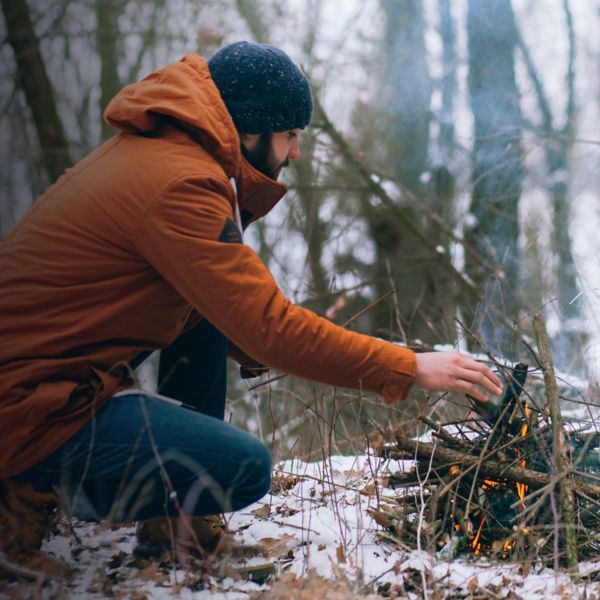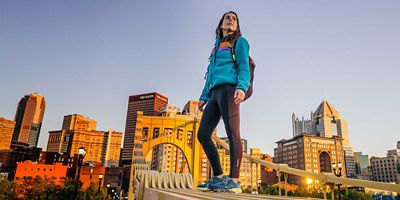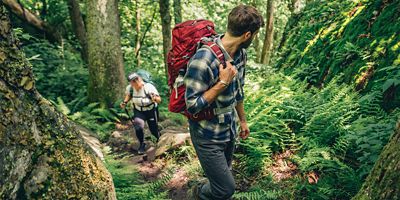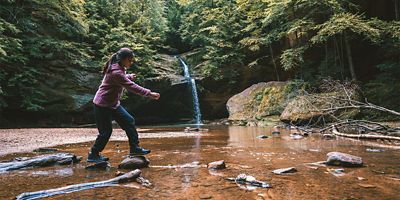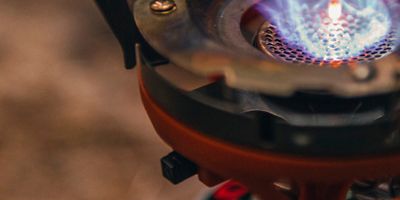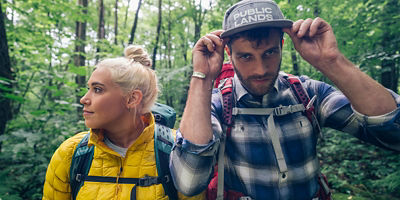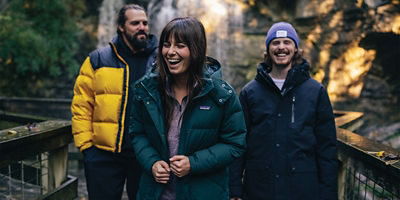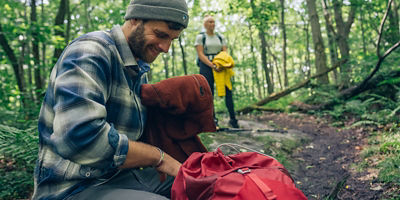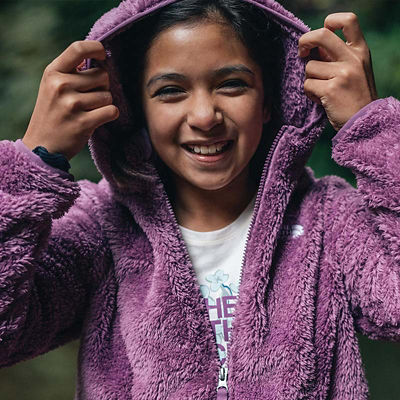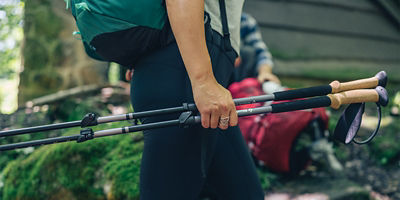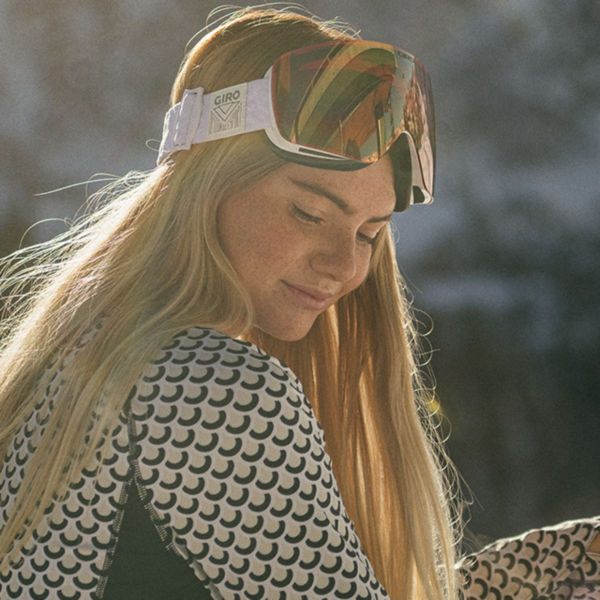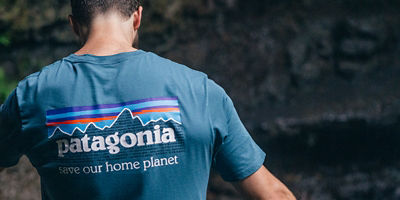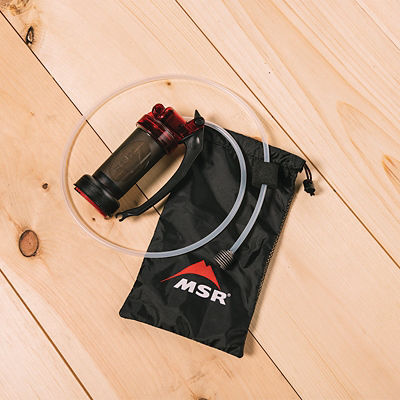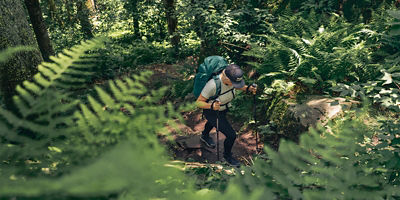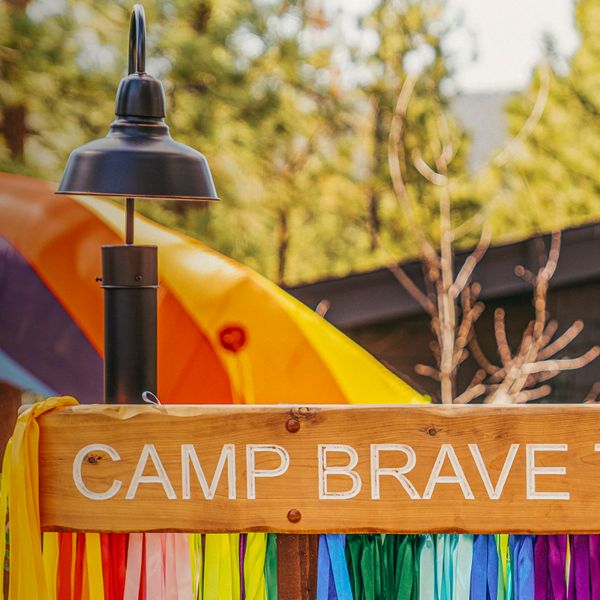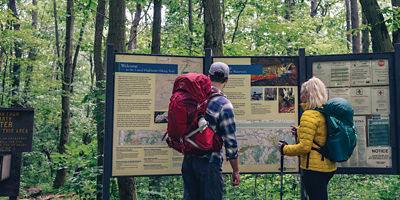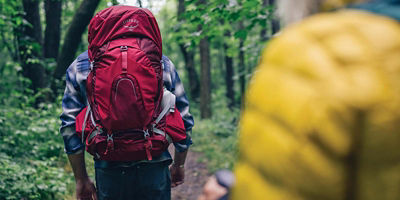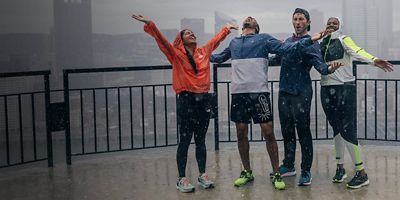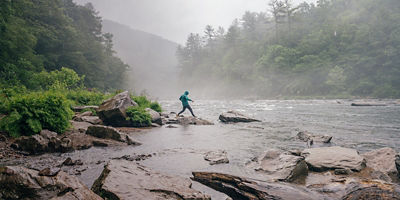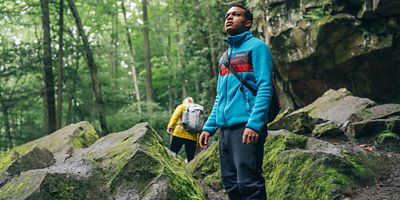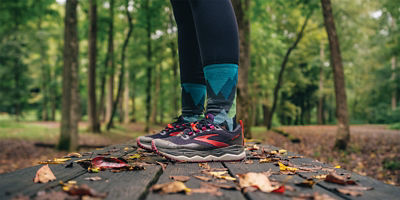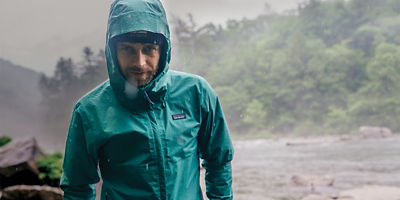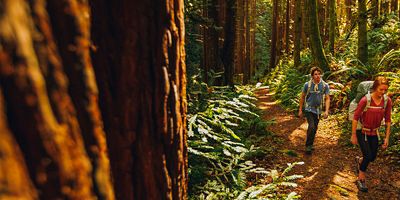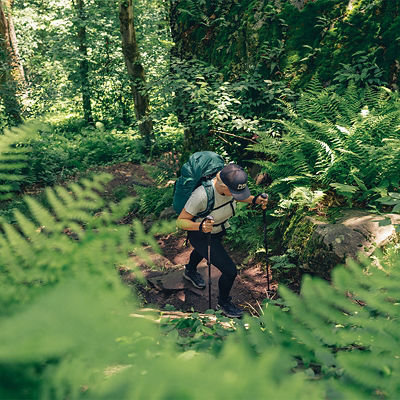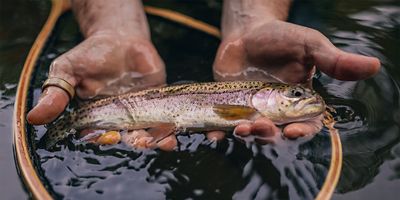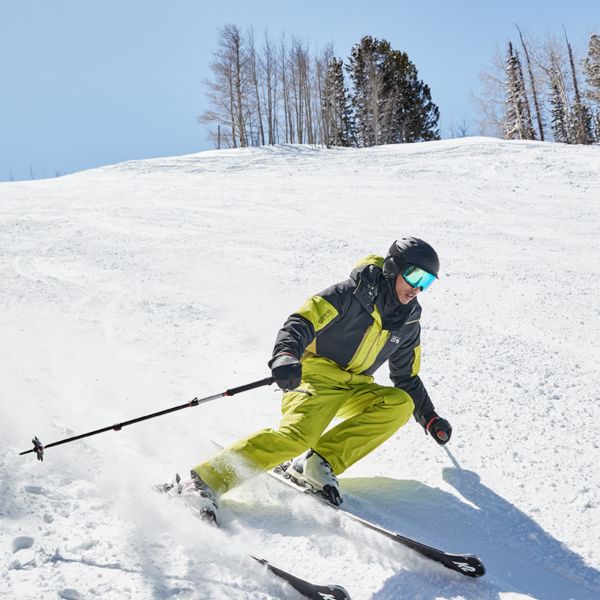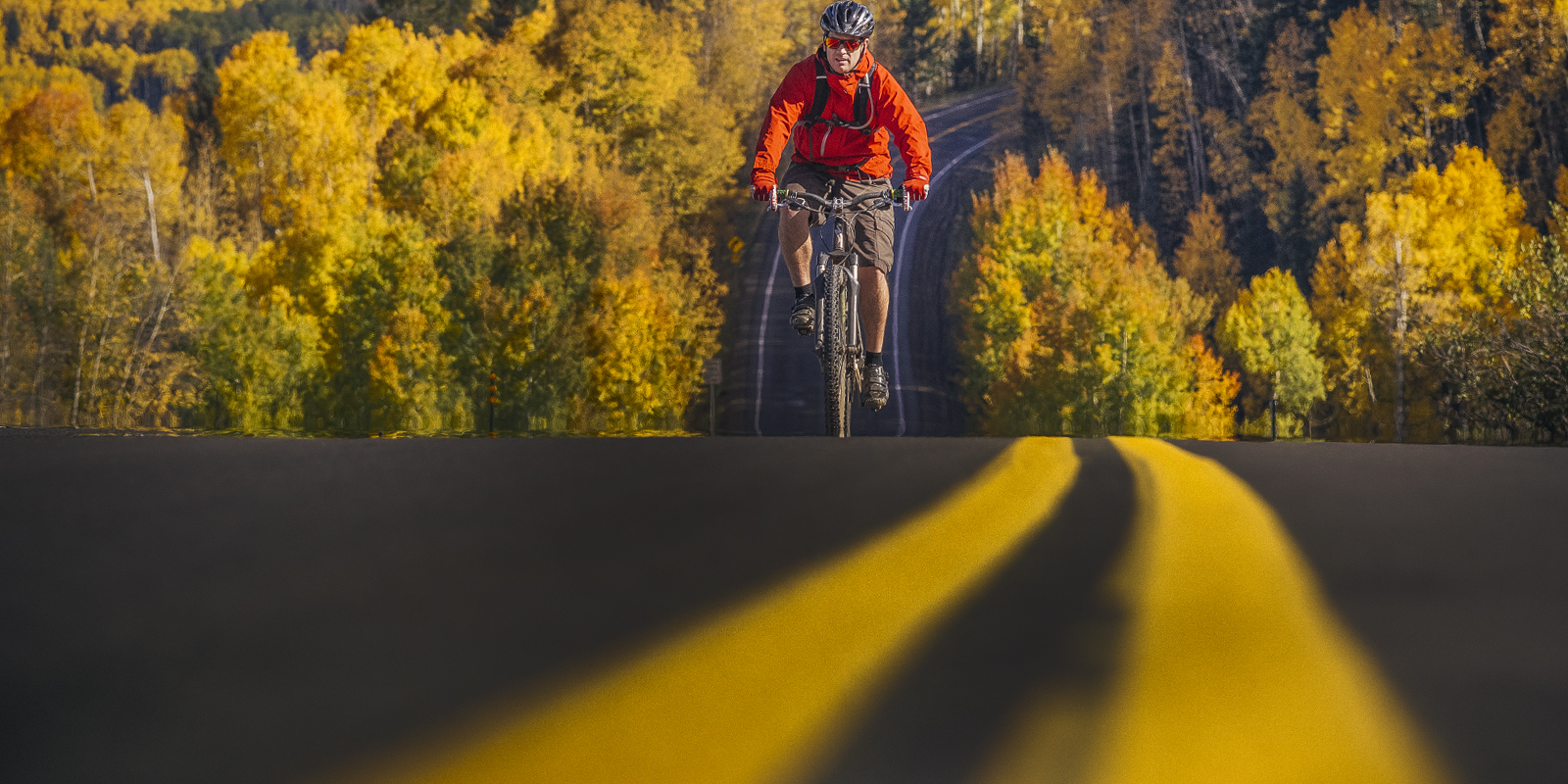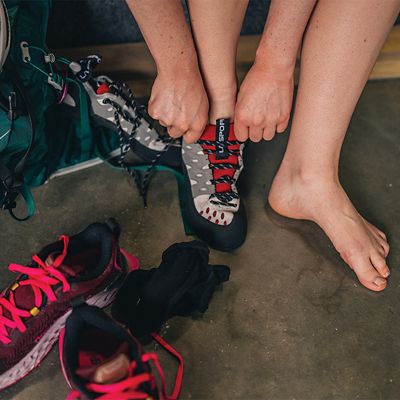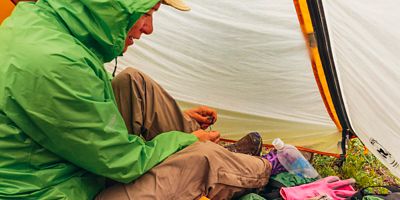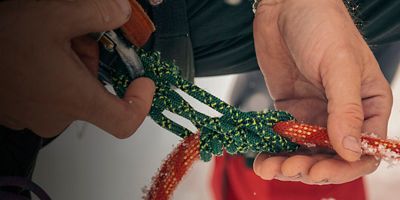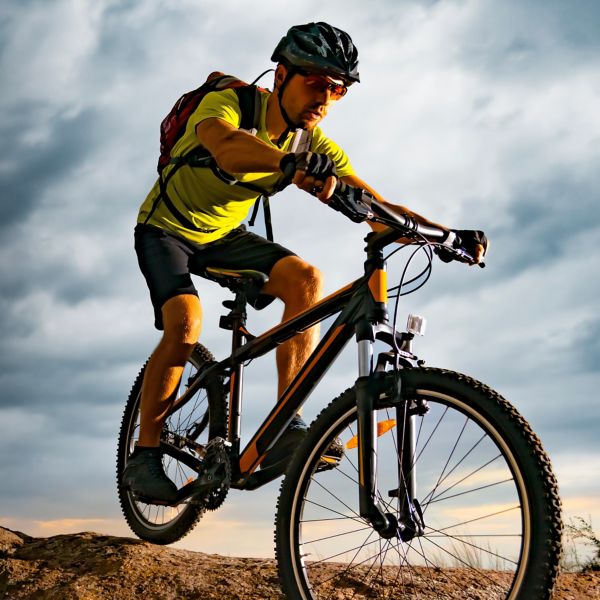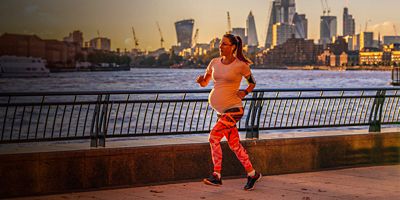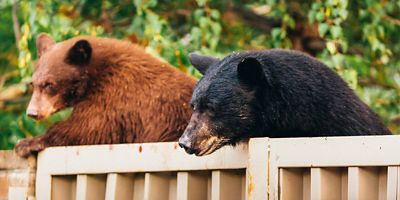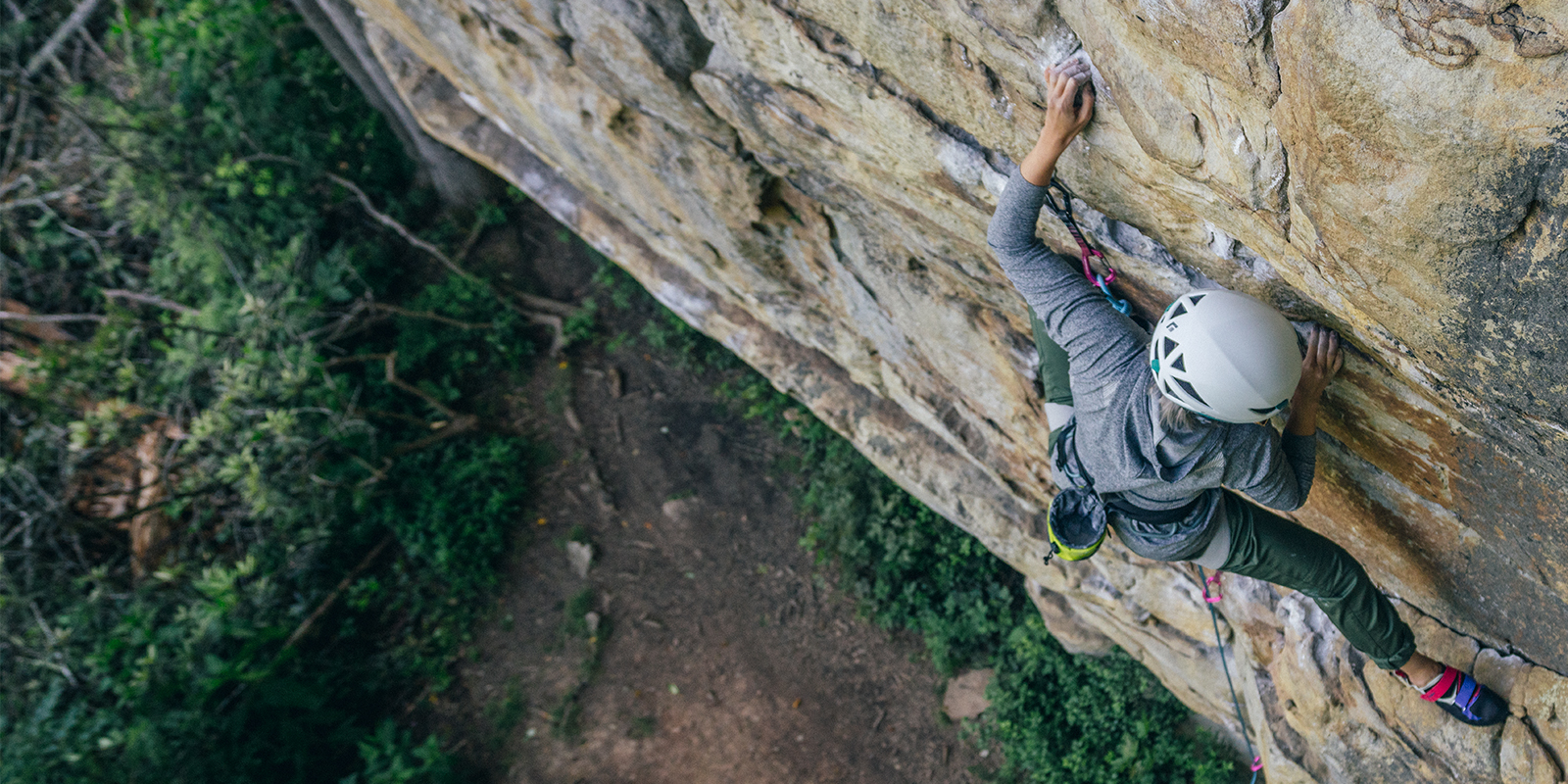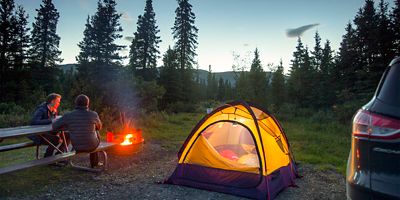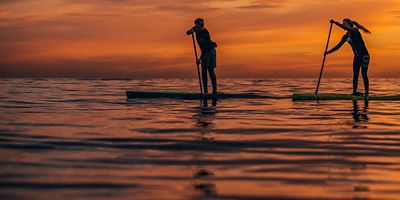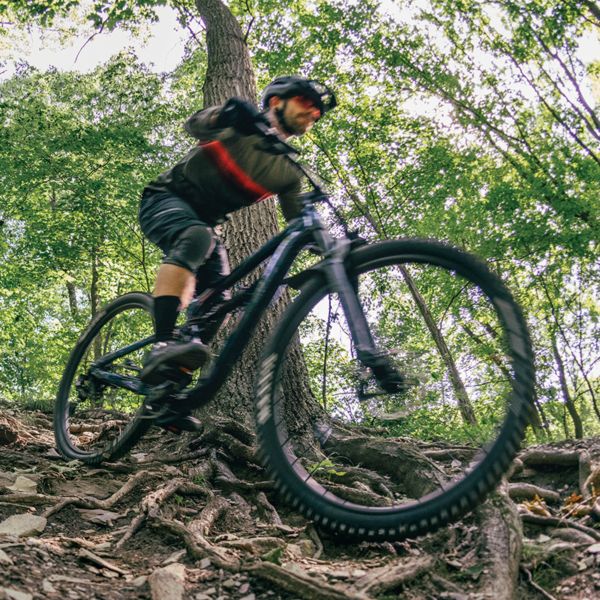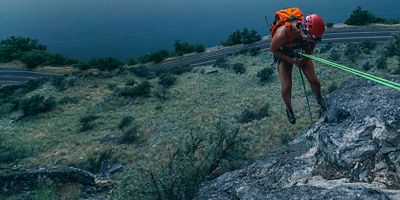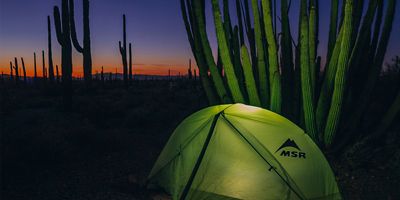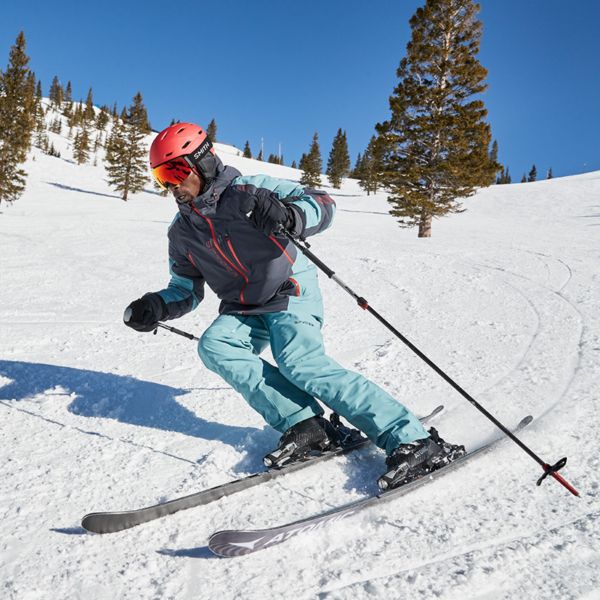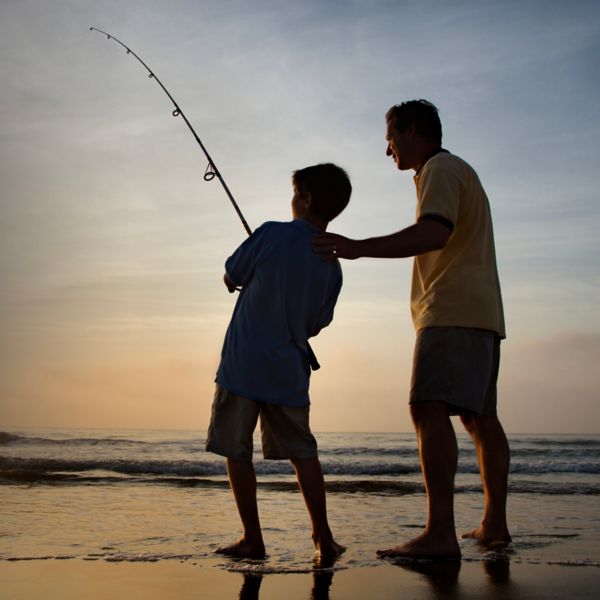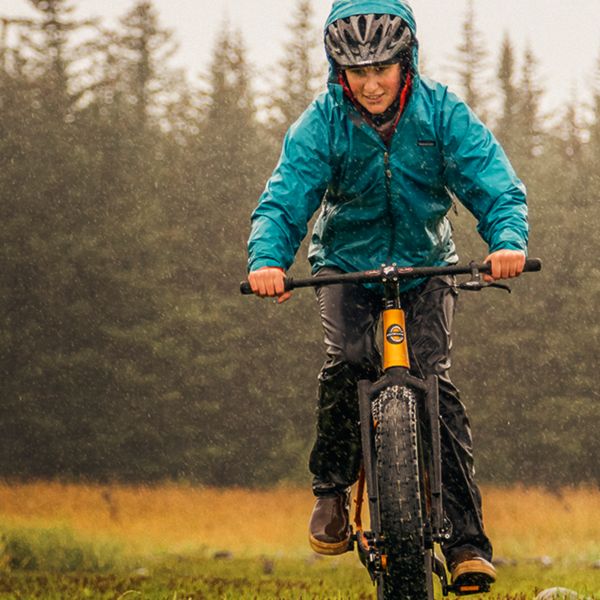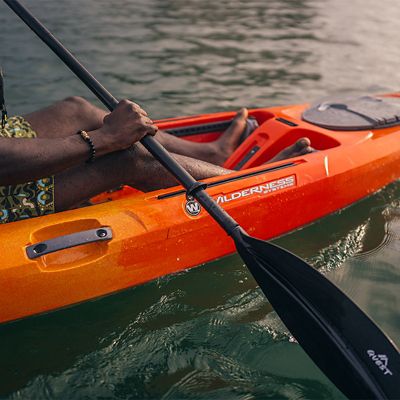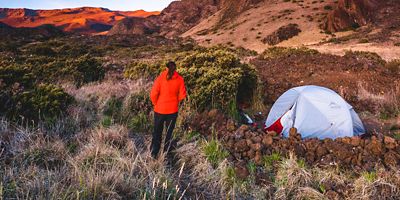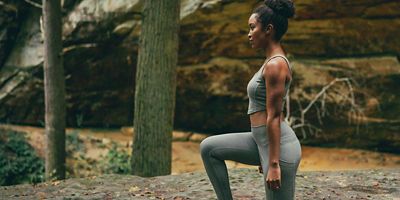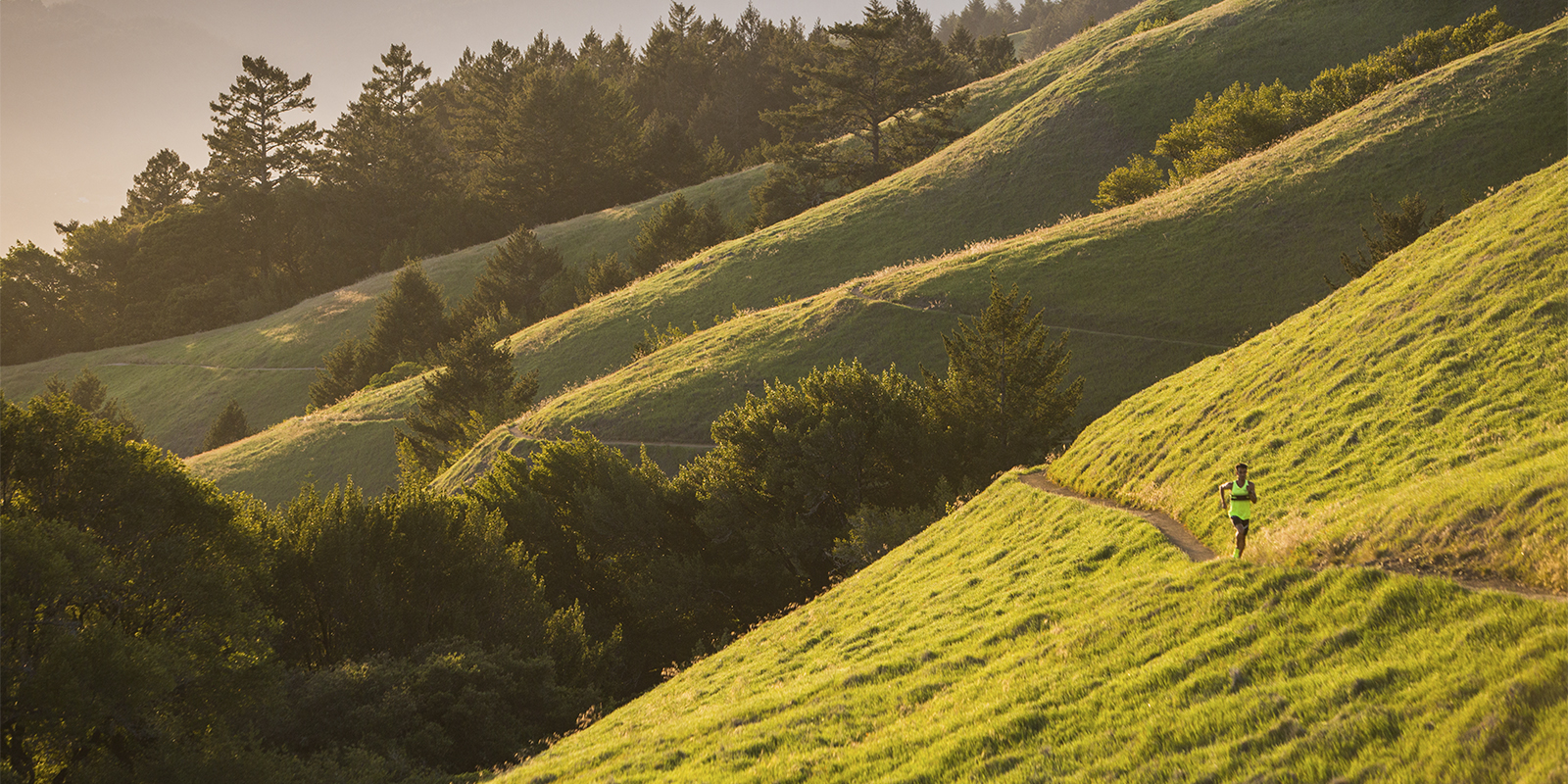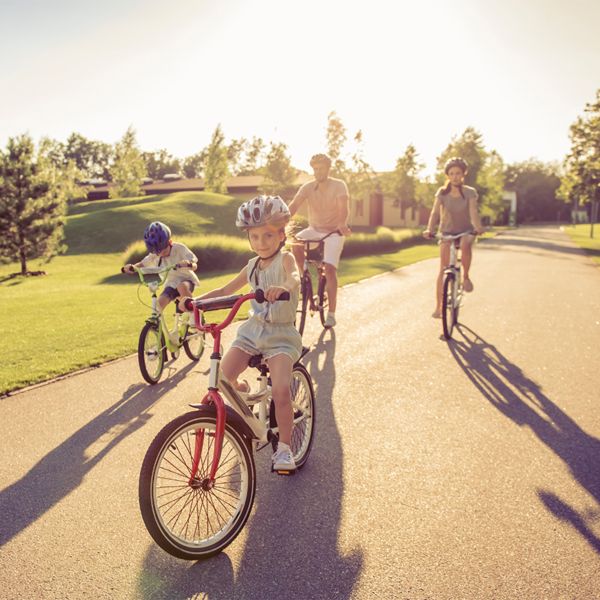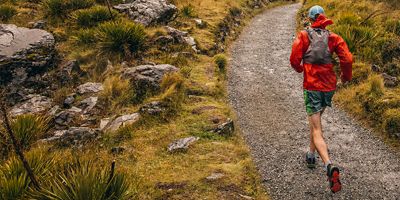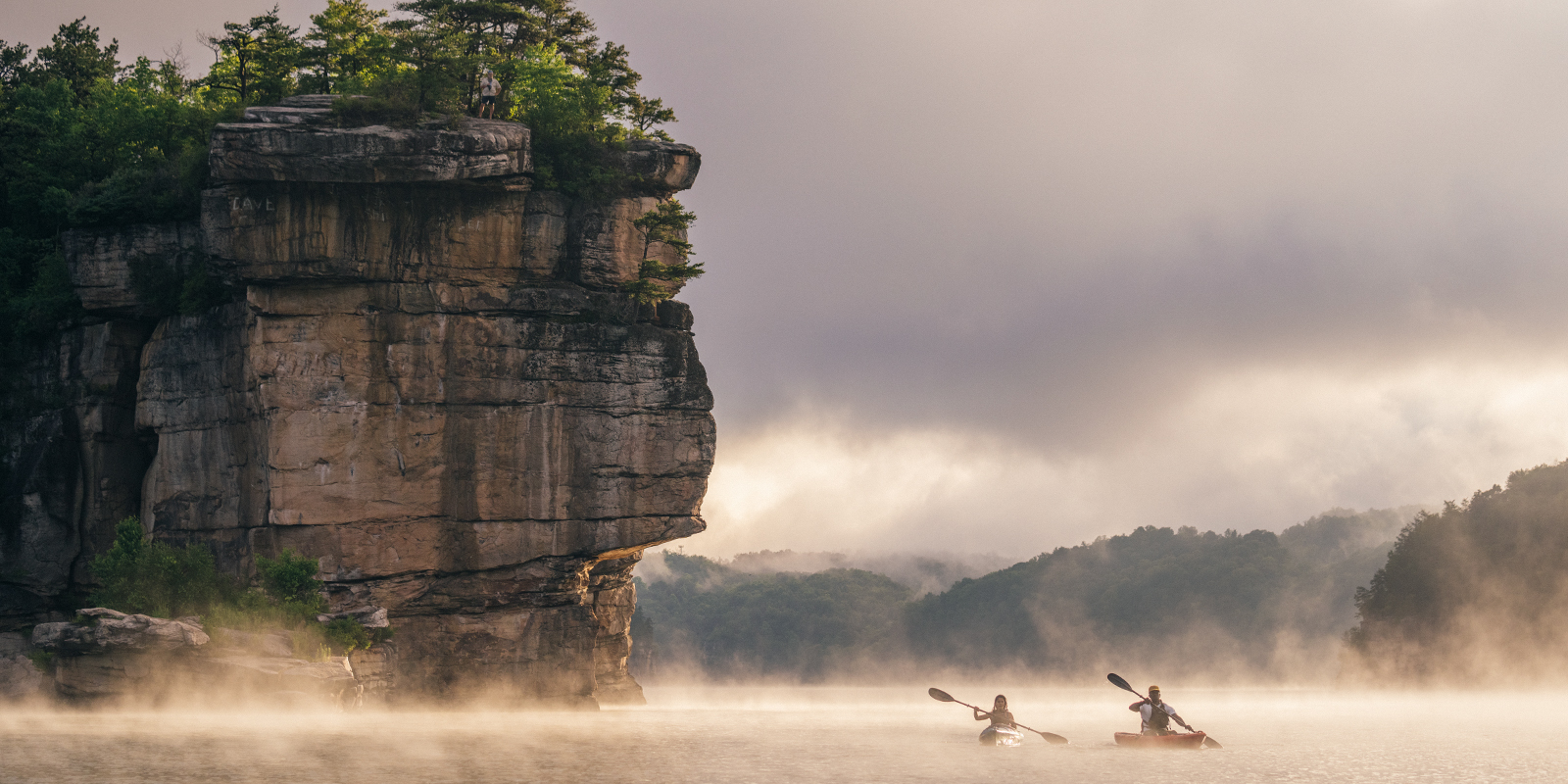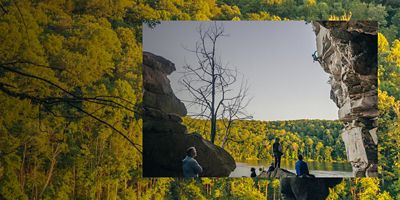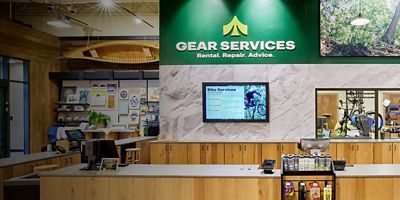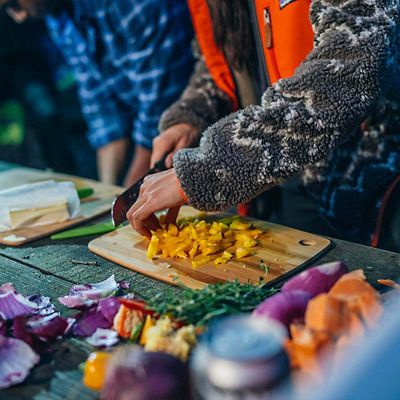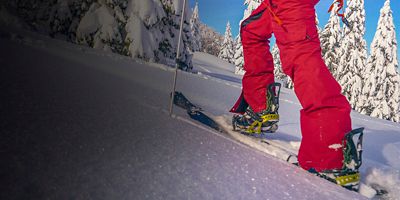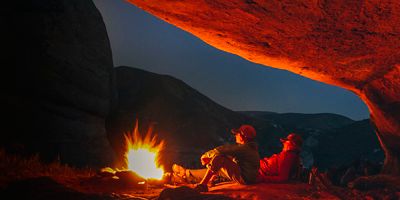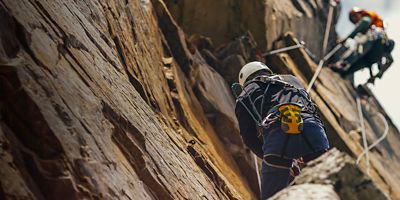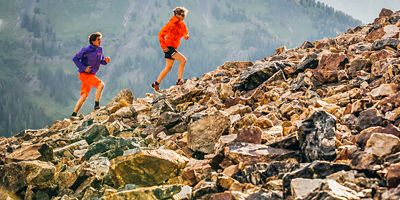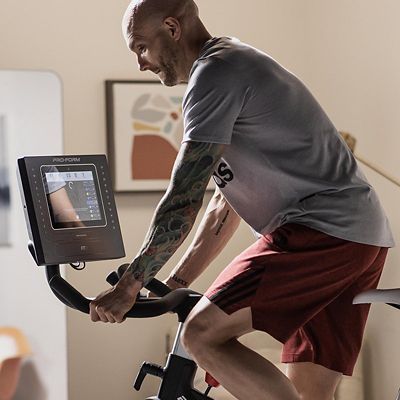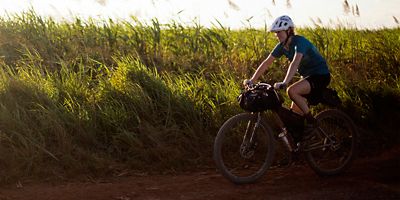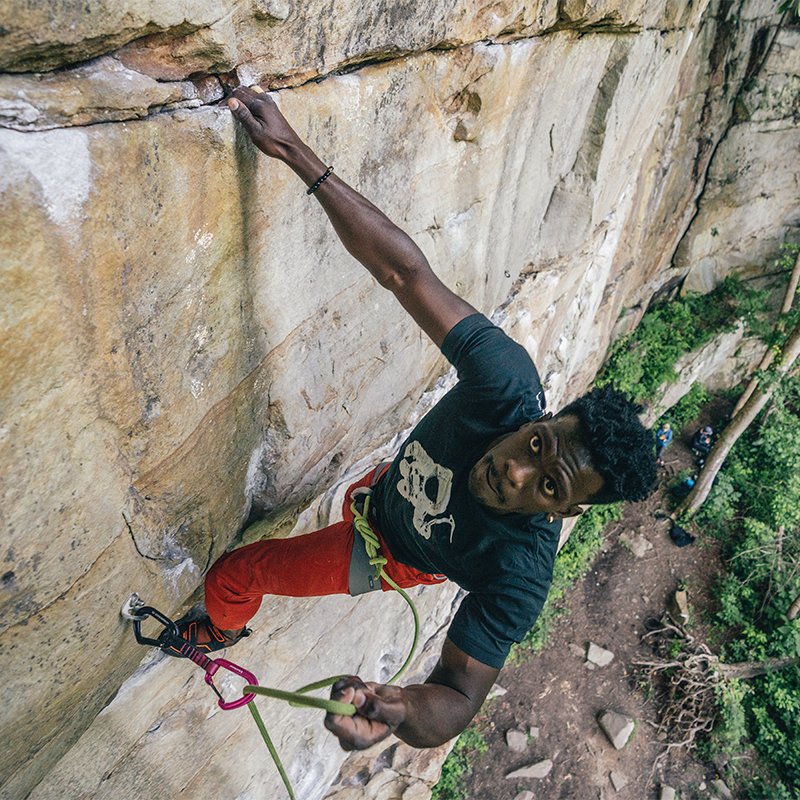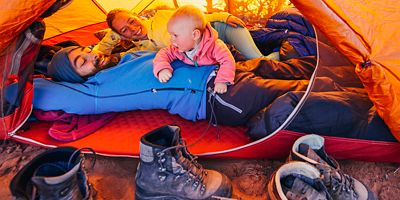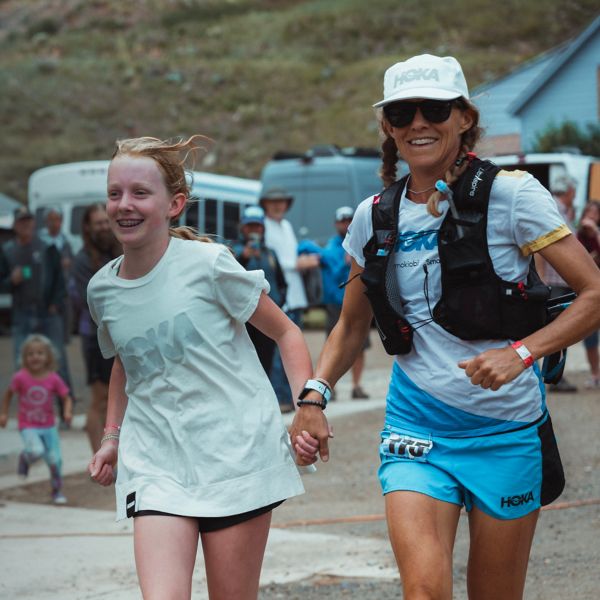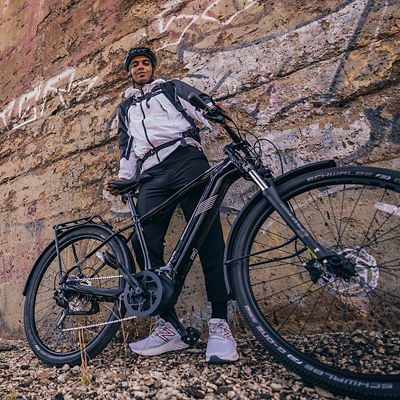Making the jump from day hiking to backpacking can be intimidating. You know you have to carry everything you need—shelter, clothes, food, water, accessories—but the devil is in the details. Carry too much and your pack is painfully heavy, carry too little and you could end up cold or hungry or both. Backpackers get passionate about finding the right balance, with minimalist fastpackers arguing that less is more and comfort-loving campers insisting that more is more. Our advice: Err on the side of comfort and safety while you learn your personal preferences, then pare down your packing list as you get more experienced. Use this checklist to get started.
- Backpack: A 50-60L backpack is a great size for a weekend backpacking trip. If you’re going out on a longer trip or are an avid photographer or need extra gear for kids or cold weather, then it’s better to bring a larger pack in the 60-75L range. Gear-intensive expeditions could require a pack that’s even bigger.
- Tent/Shelter: Thanks to lightweight materials and innovative designs, it’s possible to get a tent that’s light, spacious, and protective. Consider the conditions you expect and the number of people in your party, and pack a shelter to match. For moderate conditions (without bugs), minimalist tarps provide affordable, ultralight shelter.
- Sleeping Bag: A good night’s sleep in the backcountry pays dividends the next day, so don’t compromise on your sleep system. Check the forecast for your destination, and pack a bag that’s 10 degrees warmer than the coldest temperature you expect to encounter. Use a compression sack to reduce bulk.
- Sleeping Pad: Sleeping pads have a dual purpose: comfort against the hard ground and insulation from the cold. Pad insulation is measured by R-value; the higher the R-value the warmer it is. Cushion is measured by inches; the thicker the softer. You can find pads that are air-only (light but not warm), insulated air (almost as light, warmer), and solid foam (called closed cell foam, these pads are leakproof but not as cushioned). If your pad is inflatable, bring a repair kit in case of a leak.
- Stove: Spring through fall, most backpackers use canister stoves. They’re compatible with screw-on fuel canisters (filled with compressed gas) that make them easy to light, adjust, and pack. Liquid-fuel stoves that run on white gas burn hot and are great for winter and long trips when you can’t resupply (liquid fuel will be much lighter than the number of fuel canisters you’d have to bring to do the same amount of cooking). But they’re more finicky to operate and can lead to fuel spills.
- Fuel: This is a question that routinely comes up for all backpackers, regardless of experience. The number of people in your group, the type of food you’ll cook, how much tea and coffee you like, the weather—all of these things affect how much fuel you’ll need. Estimate the number of liters of water you’ll boil each day and use that as a guide (stove manufacturers provide details on how much gas you need for each liter, just remember that such estimates are for ideal conditions).
- Lighter: Always pack at least two sources of flame. Keep lighters dry; you can also bring waterproof matches, just double the number you think you’ll need.
- Mug/cup/bowl/utensils: Going light? Some folks just bring a small bowl or cup and use it for everything (morning coffee, then oatmeal), but others prefer to bring a designated drink mug and a separate bowl or plate for meals. Collapsible bowls are great because they take up less space.
- Cookware: Simple menu? A single 1-liter pot will suffice for 1-2 people. Go bigger for larger groups or more complex meal plans. You’ll also want a bigger pot (as much as 3 liters) if you’ll be melting snow for water. Integrated stoves come as complete systems, which boost fuel and packing efficiency.
- Biodegradable soap and sponge: You’ll want this for both personal hygiene and keeping dishes clean. Important: Even with biodegradable soap, don’t use it within 200 feet of a water source, like lakes and streams, and definitely don’t dump soapy water directly into a water source.
- Headlamp: You don’t need anything complicated for simple chores and reading after dark, but consider a bigger, brighter model if you plan on nighttime adventures. Extra batteries are a must; for added security, carry them in an extra headlamp.
- Power Source: Most backpackers these days will need to recharge phones and gadgets if they’re out for multiple days. A battery pack or solar panel are both good choices, depending on length of trip and weather.
- Water Treatment: The latest water treatment options are light, affordable, and easy to use. Filters and ultraviolet light devices are fast and don’t change the taste of water, but on long trips it’s smart to bring chemical treatment as backup, in case your primary treatment breaks.

